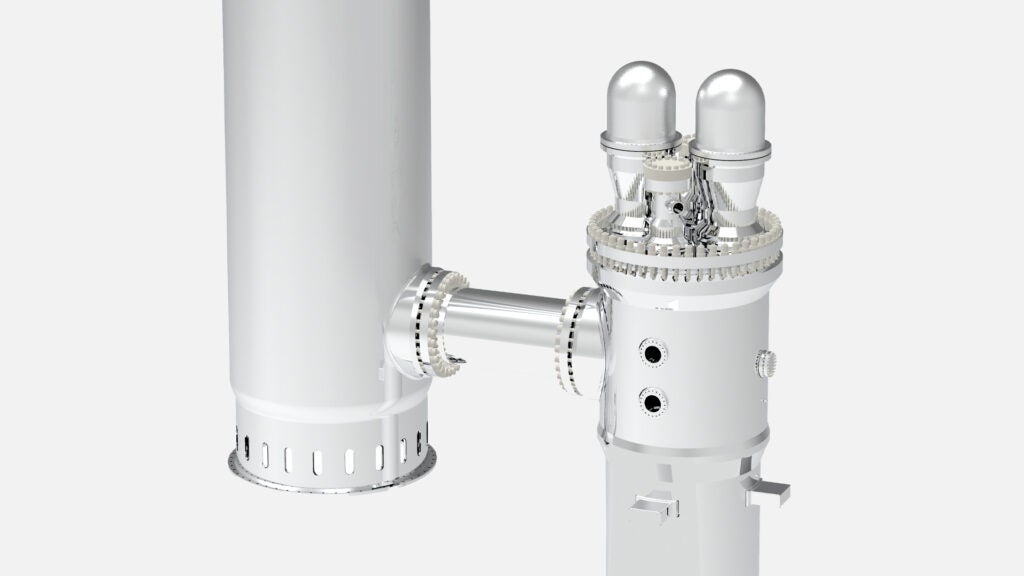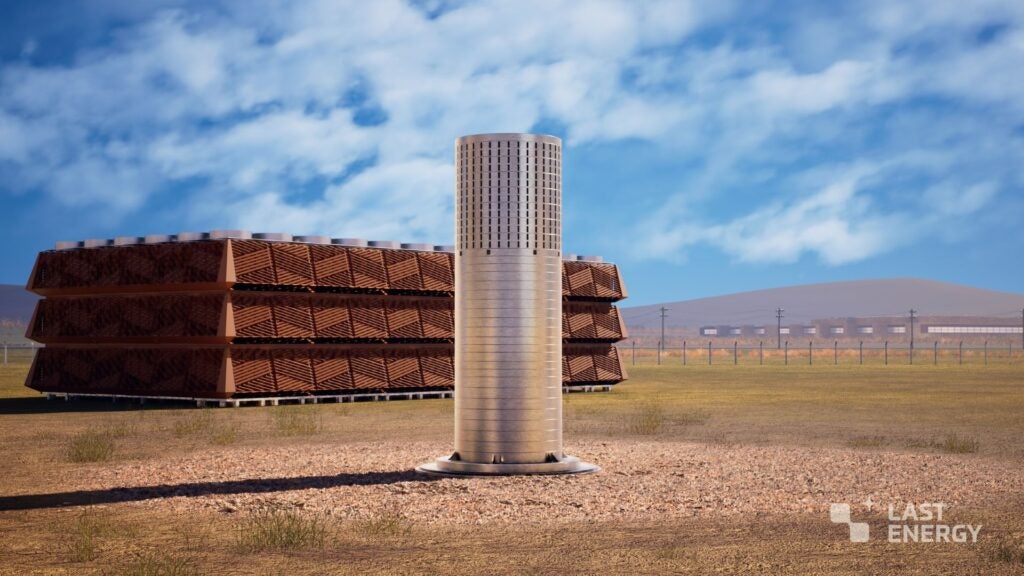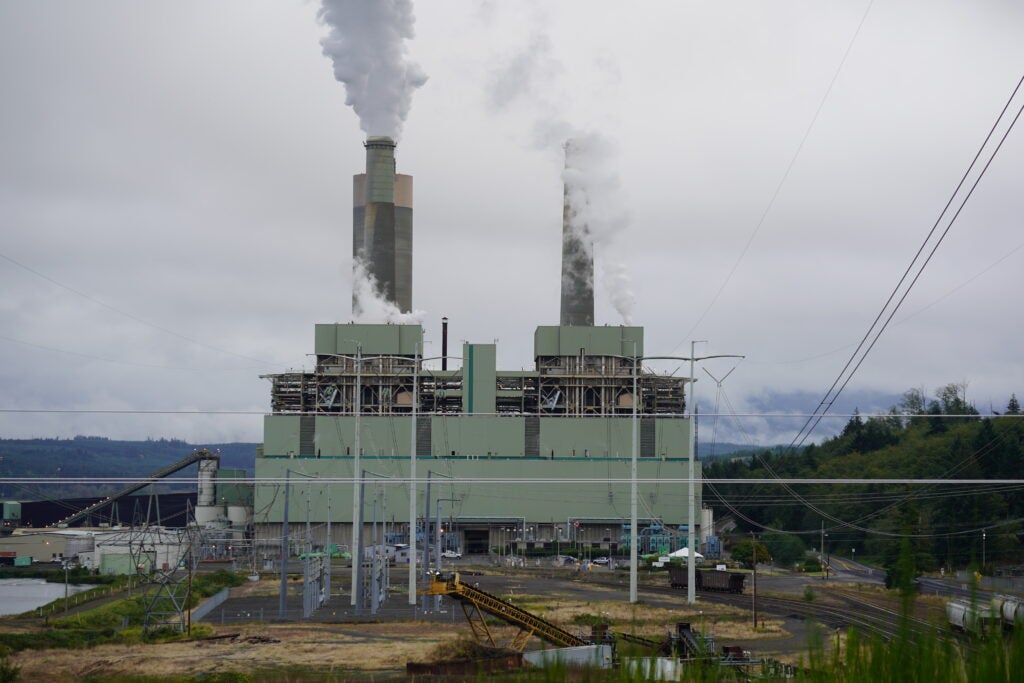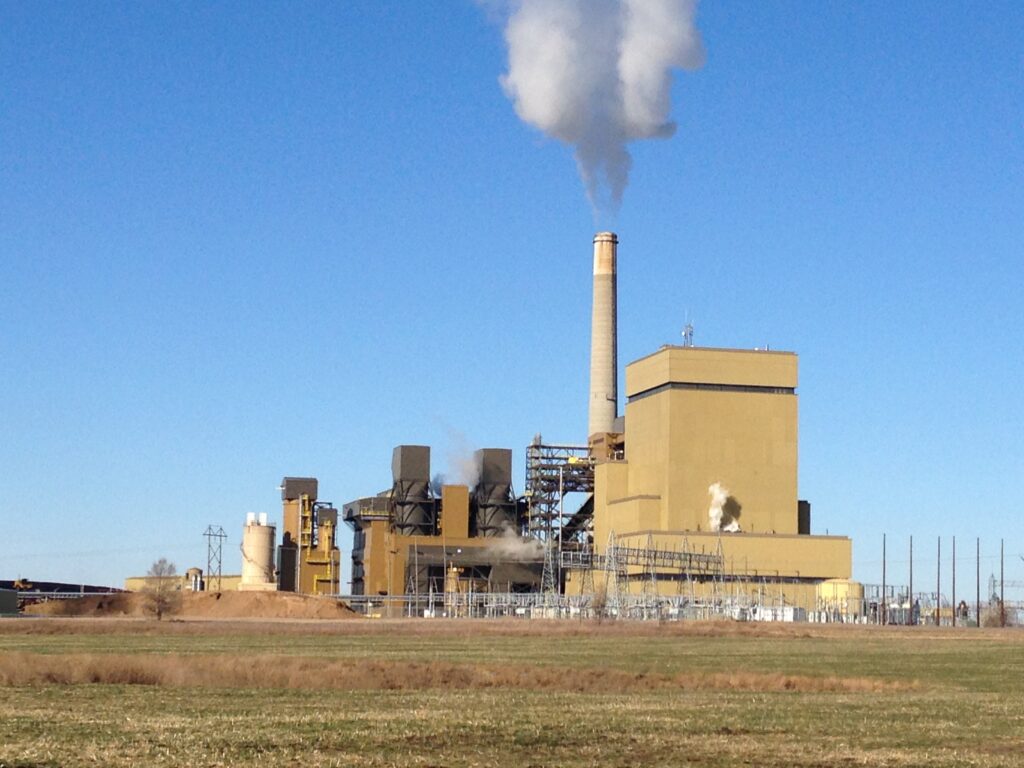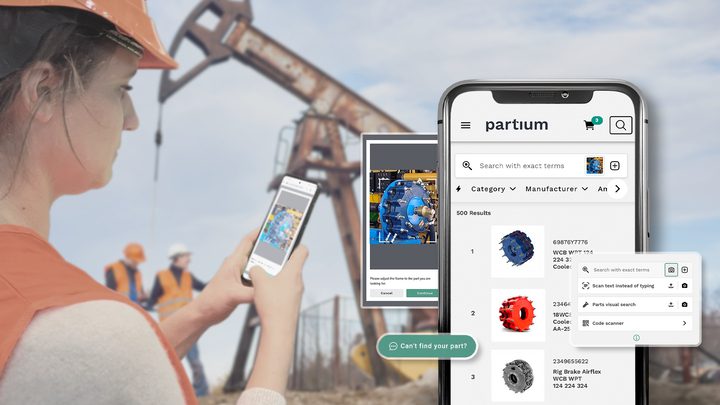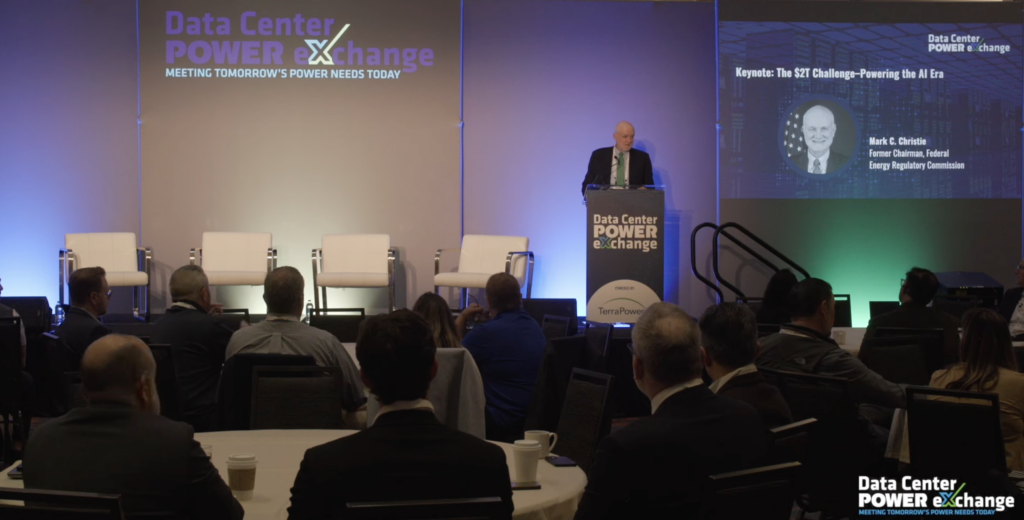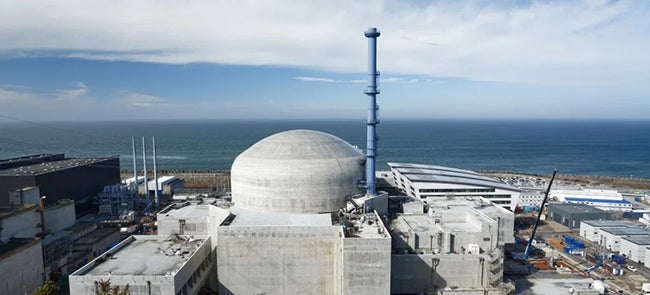
The energy industry is in a bit of a technological whirlwind. Climate-related disruption and shifting adaptation requirements inject alarming levels of uncertainty into traditional business models, while a surge in amazing engineering breakthroughs and innovations simultaneously present irresistible opportunities for enhanced efficacy and resilience.
COMMENTARY
Artificial intelligence (AI) technology is one of those innovations. And while it promises revolutionary new capabilities and efficiencies that energy providers and utilities desperately need to meet modern customer needs, it also demands enormous amounts of power to fuel its evolution, which energy providers and utilities are scrambling to provide.
Within this vortex, there’s the added complexity of synthesizing the tech world’s cloud-driven, subscription-based services structured on operational expenditure (OpEx) within highly regulated energy utilities that still function heavily on capital expenditure (CapEx) frameworks. That incongruity alone tends to inhibit the type of technological agility displayed in other industries, and helps explain why utilities often find themselves ensnared in a web of legacy systems, siloed data, and operational complexities that make AI implementation seem more like science fiction than business reality.
And yet, real transformation is happening, even in a rapidly evolving legal and regulatory environment. For example, one of the nation’s largest distribution cooperatives serving more than a million customers recently proved that modernization doesn’t have to take years or require a massive technology overhaul if you focus on the right fundamentals.
By establishing a modern cloud data platform as their foundation and redesigning ingestion and transformation patterns across critical pipelines, they accelerated their ability to integrate data, support analytics, and enable AI-ready workflows—all in a matter of months. Crucially, the initiative also invested heavily in enablement and adoption training so internal teams could sustain and scale those workflows long after the initial project wrapped.
The lesson here is that even large, highly regulated utilities can modernize quickly, reduce operational drag, and break open the potential for advanced analytics and AI when the right strategy, technology, and expertise come together.
So … what’s preventing everyone else from making similar headway?
Data Liquidity
The most significant barrier to leveraging AI in the energy industry isn’t a lack of technological sophistication. Utilities and energy providers are already using cloud infrastructure, and already employing digital and mobile and smart-sensor tools, along with GIS technology that would blow the average person’s mind. The fundamental challenge in adding AI to the toolbox is data fragmentation.
Any effective AI implementation requires models built on clean, fluid, and integrated data streams—data liquidity. That often presents a series roadblock. A utility executive may oversee 18 different state-of-the-art systems, but still be unable to triangulate the organization’s van data with machine data, much less customer information, since many of those systems do not “talk” to each other. Their data is not liquid. It is fragmented.
Data fragmentation isn’t inherently a technology issue. In most businesses, including those in the energy industry, it’s an organizational byproduct. Consider a standard electric utility’s breakdown:
- Operational personnel managing day-to-day grid functions.
- Safety departments tracking compliance and risk.
- Geolocation specialists handling mapping and territory management.
- Financial teams focused on business metrics.
Each group is essential, but generally works within its own ecosystem, often using platforms and data formats that are great for their specific day-to-day needs but resistant to integration with other platforms and formats used elsewhere in the business. That fosters operational silos and, inevitably, data fragmentation.
The Hidden Complexity of Utility Operations
The public often underestimates the operational complexity of modern utilities. Depending on the age, size, and location of the energy organization, critical systems may operate from basement servers, field workers may rely on paperwork or sensor networks or even mobile applications that don’t directly communicate with central operations, financial dashboards may exist separately from work order management systems that don’t sync with ESRI applications, and so on and so forth. Even if a utility is running the whole business on cloud services from major providers like AWS or Microsoft, it doesn’t mean that all their fragmented data is automatically transformed into functional AI-ready streams.
The Path Forward: A Three-Tier Approach
Utilities aiming to leverage AI need to assess their organization’s data fragmentation status to know whether they can crawl, walk, or run. A pragmatic structured approach generally maps out in three tiers:
Base Level: Data Consolidation—The foundation involves getting all organizational data into a single, accessible location. This isn’t just a technical challenge—it requires breaking down organizational silos and creating shared data governance frameworks.
Intelligent Level: AI-Powered Upgrades—Once data is unified, utilities can begin incorporating AI solutions into their systems to address pain points for specific use cases such as automated safety audit documentation and analysis, predictive maintenance scheduling, or grid load balancing.
Disruption Level: Personalized Energy Ecosystem—Full data control turns utilities into Netflix-like personalized service providers, facilitating agentic systems that can optimize neighborhood-level grid performance based on usage patterns, for example, or adjust thermostats for customers and supply personalized energy-saving recommendations, incentives, and/or service options.
Capturing AI’s potential starts and ends with data. Utilities and energy providers that succeed in mastering their data and how it flows stand to gain more than improvements in operational efficiency—they can redefine their business.
—Abhisek Majumdar is Global VP-Strategic Enterprise at Hakkoda, an IBM company.



